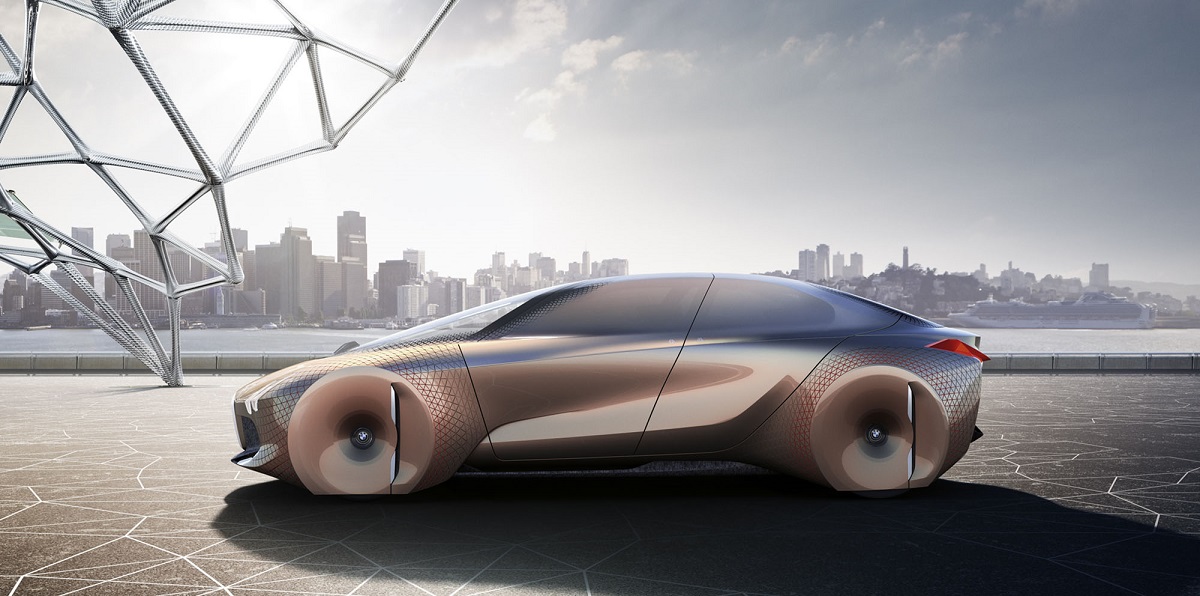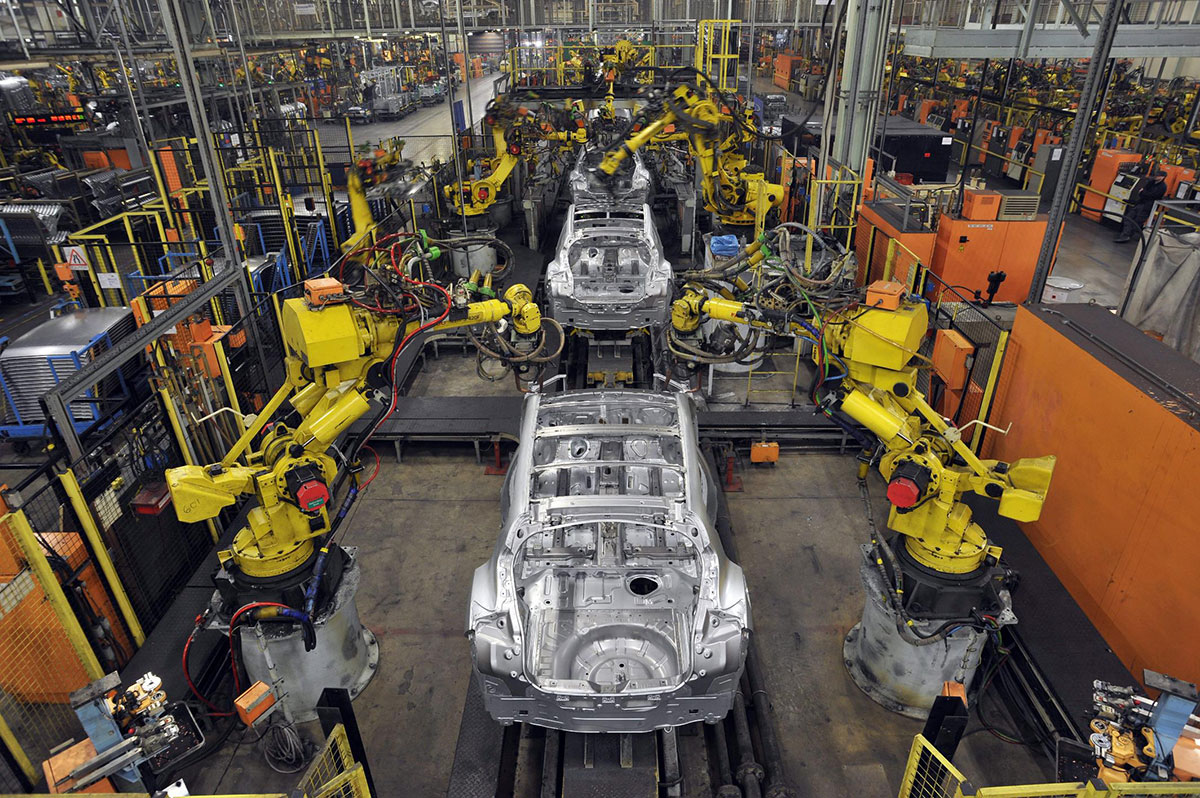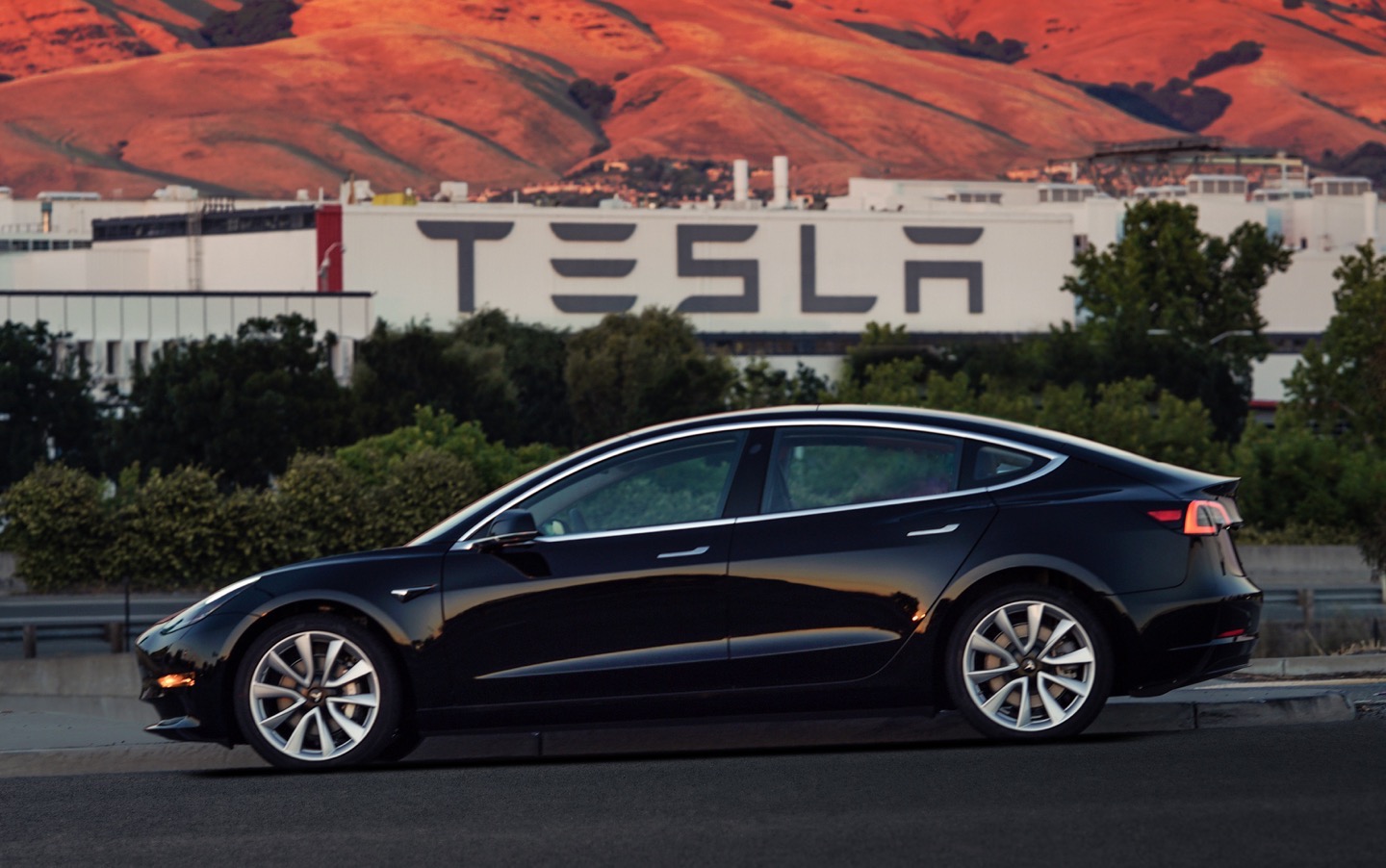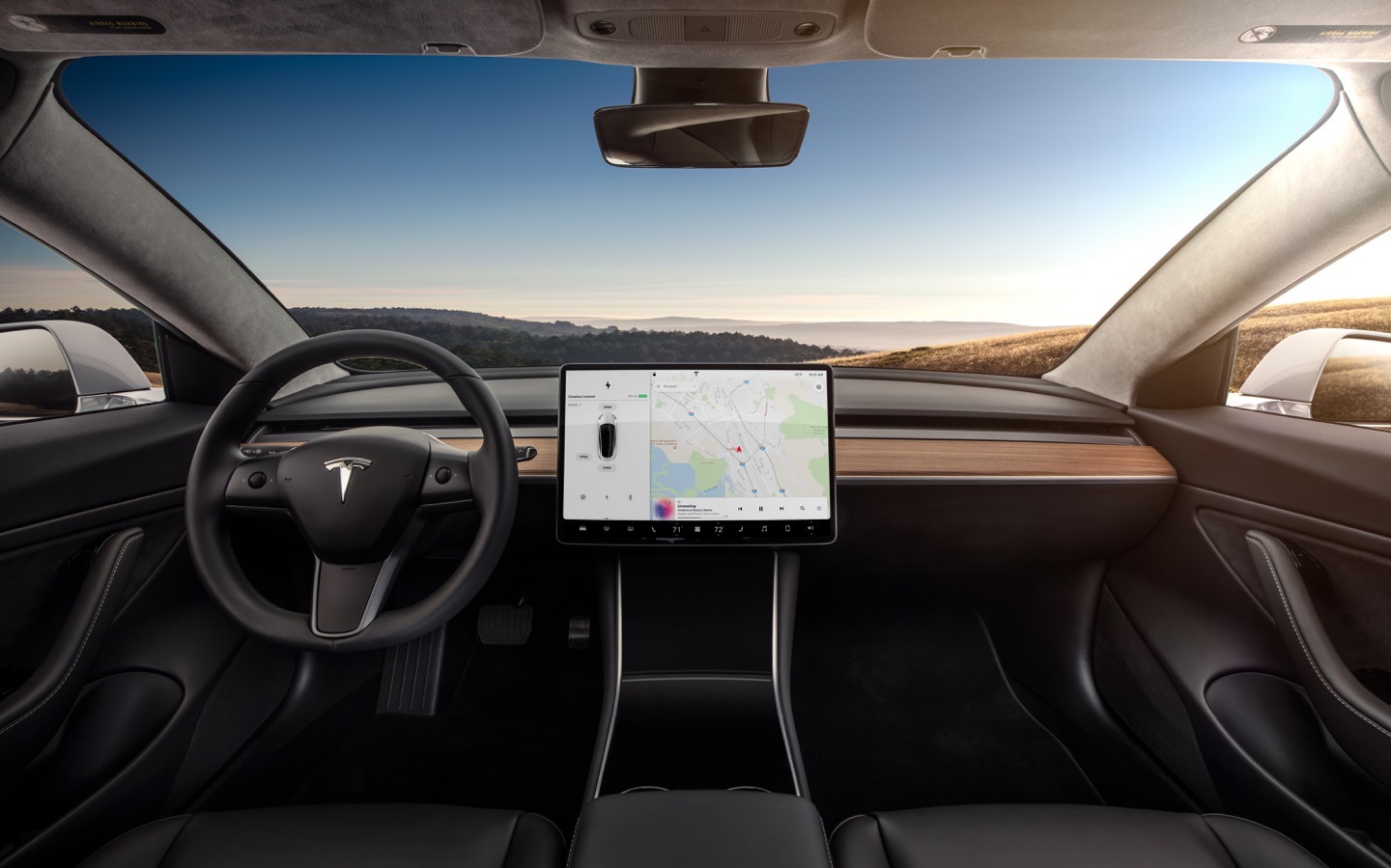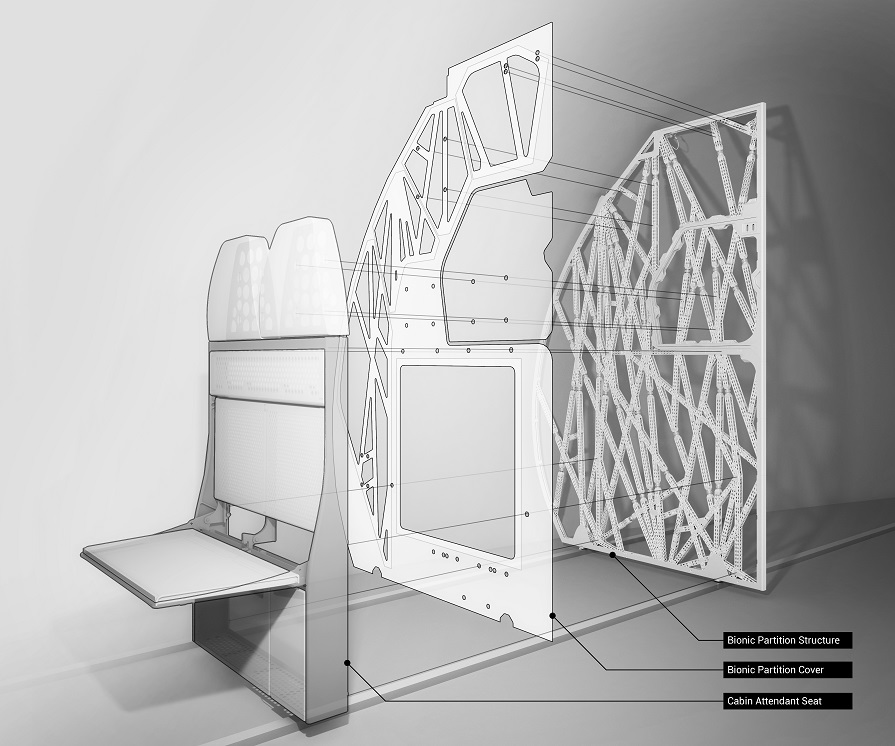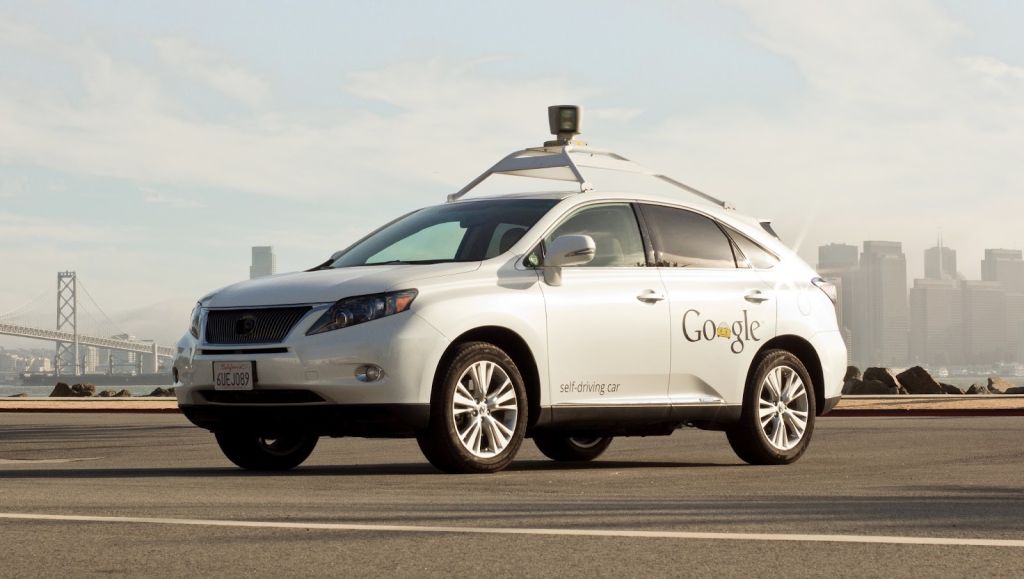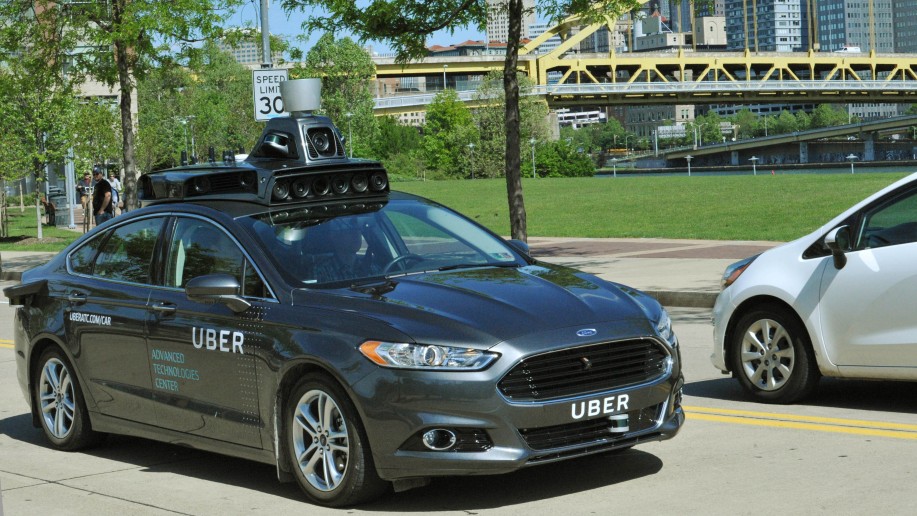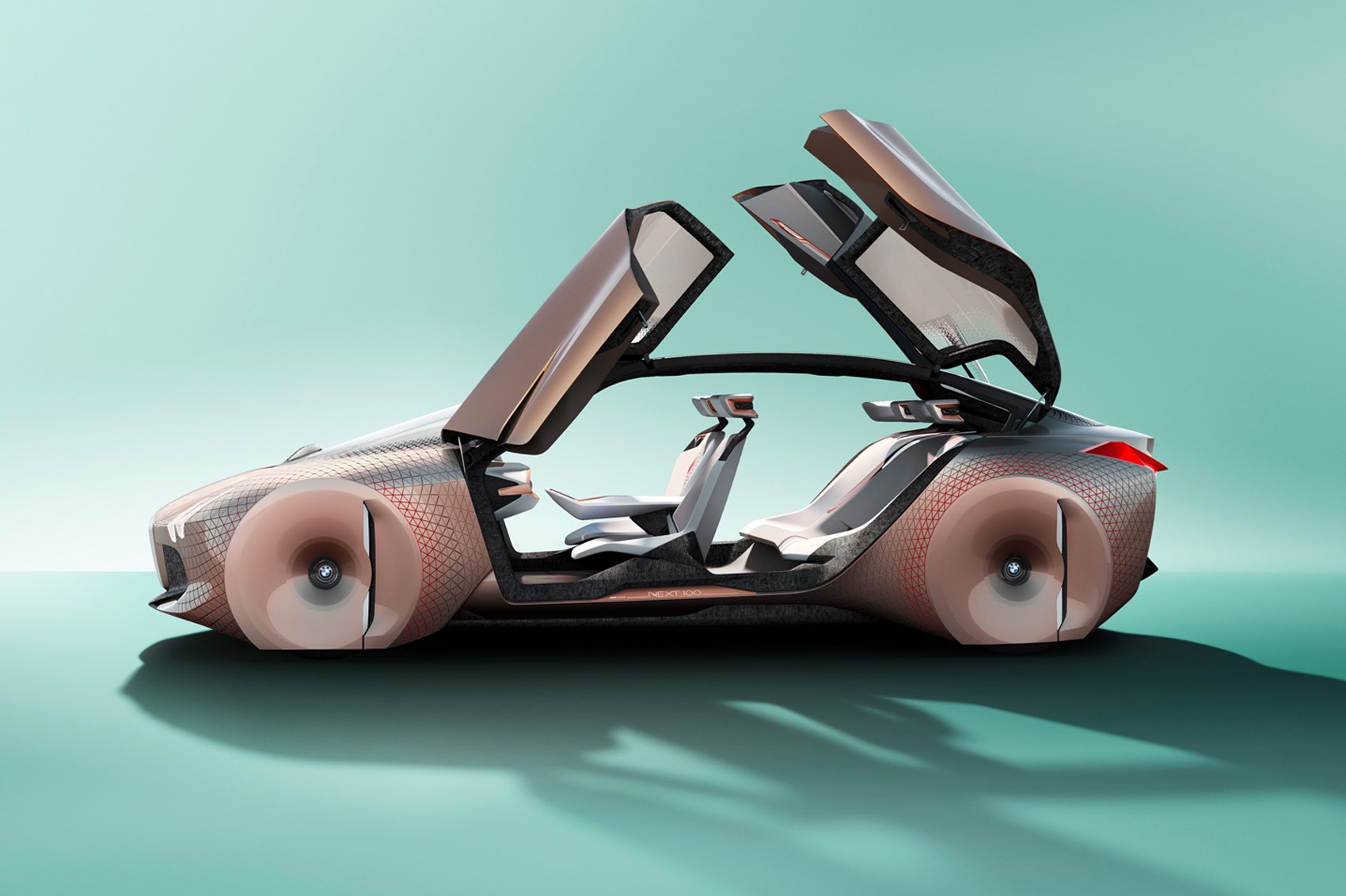For the most part, car design hasn’t quite changed much over the last couple of decades. It’s still more or less a metal box with four wheels, and nothing like the futuristic madness that we’re treated to with concept cars. Will this continue to be the case ten, twenty years down the line? Would the car of the future look basically like what we see on the roads today?
I spoke to Simon Ng, Head of Design & Manufacturing Industry, Autodesk Southeast Asia, about where automotive design is going. The conversation, interestingly, quickly shifted in the direction of electric engines and driverless vehicles – after all, both are the current trends expected to be the driving forces behind the automotive industry in the future.
Current Car Design Challenges
The issue with car design stagnating to what it is today has several explanations. For one, according to Ng, there’s the technological limitations prohibiting production models ever looking like their concepts.
“The concept models always look so much better than the real thing. There’s always a difference between the concept designer and the mechanical engineer. The concept designer could design anything, (even) like a Flintstones car. But it might not be manufacturable, or practical, or pass any safety checks. So they (the engineers) will dial it down,” says Ng.
In other words, designers are only limited by their creativity, while engineers are bound by something a lot more finite: current technology.
Then, there is the issue of cost. The resources it takes to create a radical new car design could be better spent on developing technology that increases work and production efficiency. After all, the faster a car reaches production, the quicker it begins generating revenue (instead of being stuck in the drawing boards).
Ng explains the situation: “Big car companies have an existing customer base to take care of, and have this paradigm where they cannot cross the Rubicon. They have a whole ecosystem of dealers and suppliers… There are a lot of people who have invested billions of dollars worldwide. This commercial aspect must be taken care of.”
It certainly sounds like the men in suits spoiling the fun, but at the end of the day, it also means sustaining the business.
Sometimes, the limiting factor may not be down to technology or cost, but rather traditional mindsets. The major stumbling block for the adoption of hybrid and electric vehicles was not just due to cost, but the fact that a lot of consumers are actually afraid of embracing new technologies (especially when it comes to hybrid or electric powertrains). Who wouldn’t, when the subject in question is a purchase that takes years to pay for?
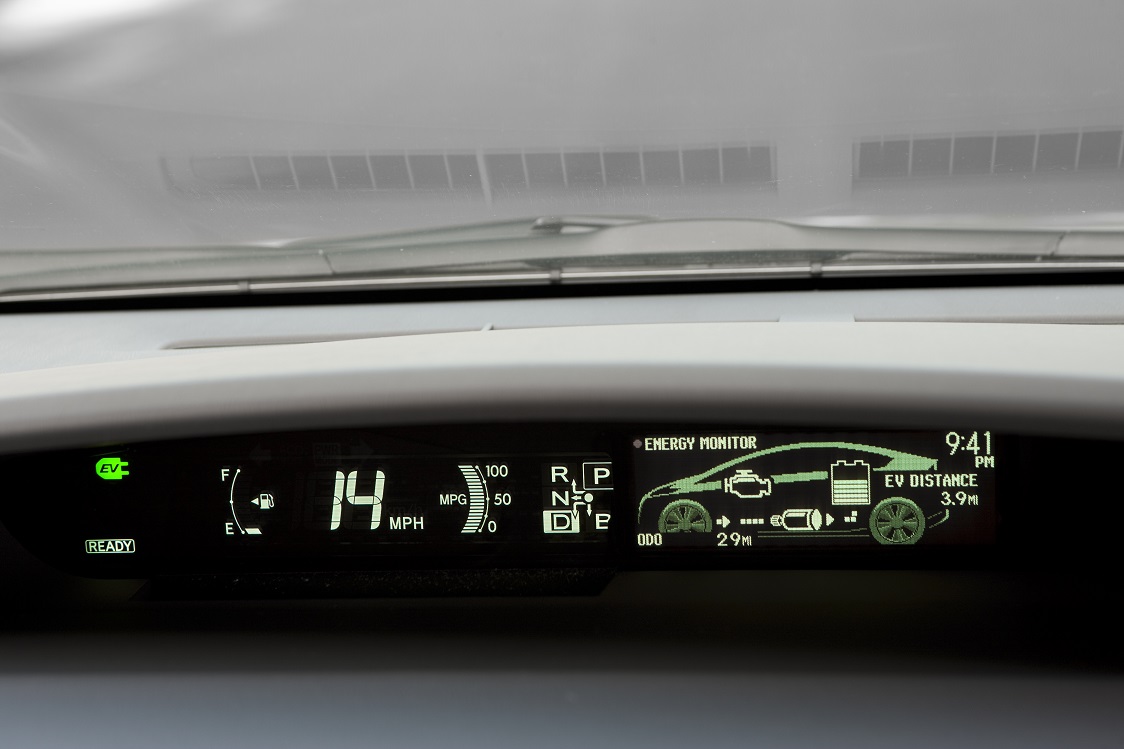 For older drivers, this dash display can be confusing and downright daunting (Image: greenbuildingadvisor.com)
For older drivers, this dash display can be confusing and downright daunting (Image: greenbuildingadvisor.com)
Companies like Nissan, Honda, and Ford have helped the cause by introducing new technology to their portfolios from the bottom, starting with their affordable models. This is unlike the usual practice of putting the newest and best technologies on the most expensive models first, before trickling them down. The idea is to make new technologies approachable for the masses, and not something for customers to be constantly worried about.
And then, there are the startups like Tesla who are seen as pushing the boundaries of car technology, making them cool and less daunting in the process. “Newer companies don’t have legacy. They don’t have a customer base and can go all out to capture market share. They have nothing to lose because they are usually funded by venture capitalists or some sort of Kickstarter-like thing,” Ng concludes.
Indeed, where automotive design is concerned, companies are focused less on design per se, but more into industrial design.
Disrupting an Old Industry with New Technologies
A big reason behind this is due to how quickly car makers are able to design and prototype new models. Autodesk provides a wide range of tools for 3D modelling, including a cloud service that does all the number crunching for engineers. However, at the core of this new design technology framework are 3D printing and virtual reality.
“Most car companies used to make clay models to show themselves finished product to decided if they should go ahead. Because it might be a billion dollar decision,” says Ng. Today, 3D modelling and printing cuts both the expenses and time to create prototypes.
“You make fewer mock ups. You used to make ten mock ups, each taking nine months to make. Now you make one mock up for the final decisions, and (then) something that can be displayed at car shows,” he adds.
https://www.youtube.com/watch?v=swxA-ihn948
On the other hand, Ford’s Immersive Vehicle Environment (FIVE) uses VR technology to allow design teams to better visualise their creations. Being able to look at a car console in a virtual environment goes a long way to getting a feel for its proportions and layout – especially if it can be done before having to put together a mockup or prototype. We actually visited Ford’s Immersion Labs in Silicon Valley in 2015, where the company was already actively taking advantage of VR, 3D printing, and other new technologies.
This information doesn’t come as a surprise to those who have been following the development of 3D printing and VR – it’s been talked about for years. The difference here is that we now have had enough time to observe the actual impact of the technology on the industry.
Proton, for instance, has been using Autodesk Alias since 1995. It’s been used in the development of cars like the Suprima S, Preve, Exora, Saga FLX, Persona, R3 Satria Neo, and Iriz. According to the company, the switch to digital design and prototyping has resulted in the company reducing time spent in the design phase by 20 percent.
Designing New Lighter, Stronger Components
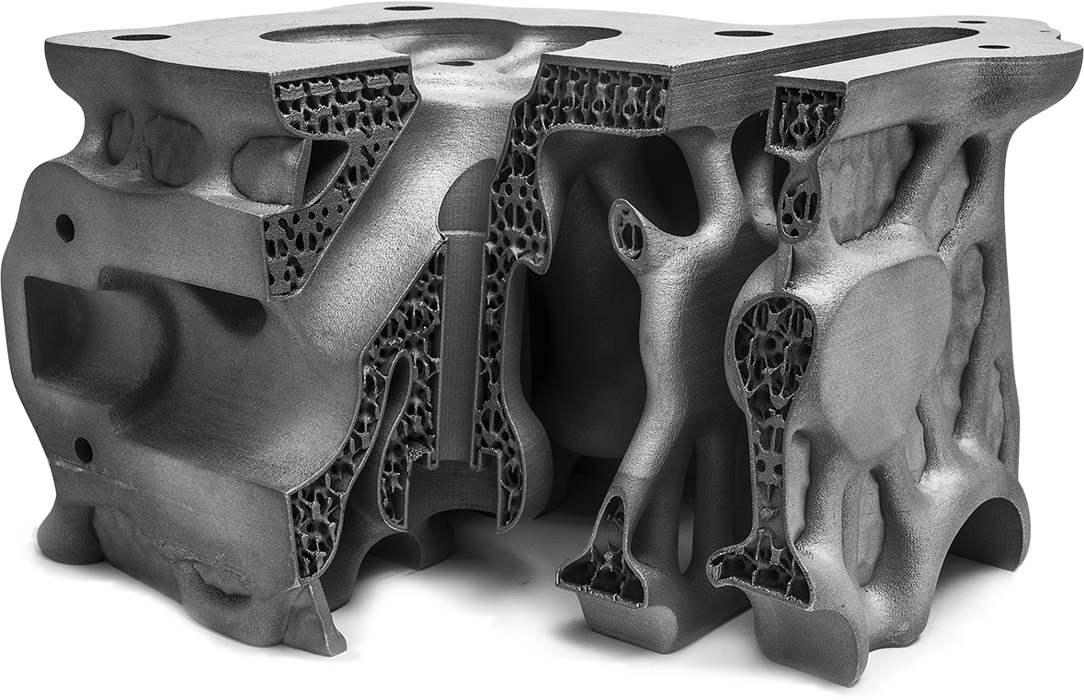
An example of a lattice structure created using generative design
There’s more to digital design than simply making something aesthetically pleasing. Autodesk’s cloud computing is also capable of providing engineers with recommended structural specifications based on a set of parameters. Essentially allowing people to simply tell a computer what they want a component to do, and then receive ideas on how to go about this.
HackRod, an independent car maker, has been using this technology to reduce the weight of its hot rods without surrendering any structural integrity. This was done using something engineers are calling ‘generative design’. Basically, the computer receives input from the designers and builds components based on the parameters.
In HackRod’s case, it resulted in a lattice framework for the hot rod chassis. This almost web-like design removes all unnecessary material from the vehicle walls, allowing it to be as light as possible. Tubular struts are used to maintain maximum strength and stability.
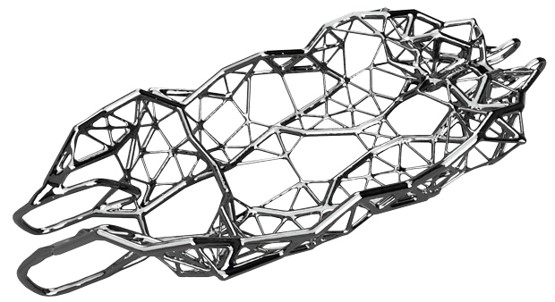
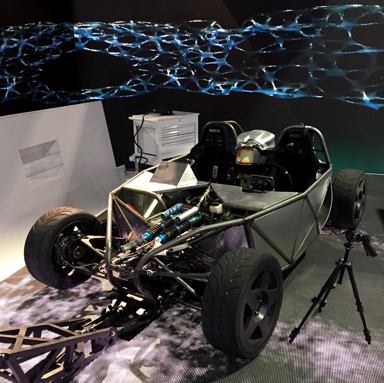
Airbus has also adopted this same generative design to build bulkheads for its passenger aircraft. Weight is a big deal for planes, seeing that heavier planes require more fuel to keep in the air. Thanks to generative design, Airbus not only spends less on fuel, it is also leaving a smaller carbon footprint per flight.
Autonomous vehicles: the taxis of tomorrow?
Whilst design is where Autodesk does most of its work, autonomous vehicles are where most technology companies are looking. Ng isn’t very impressed by driverless cars. He’s been in the industry long enough to see multiple technology fads pass by. However, he cannot deny that they represent a serious change in the automotive landscape.
“It’s not just electric cars. This links to autonomous systems that every car company today is looking into. Even Apple and Google is doing it,” says Ng.
“This technology is not actually new. Active cruise control or smart cruise control has lane guidance, self parking has been around. Connect all of this together and you get an autonomous car.”
The idea is not so much that people will own these driverless cars, but rather that the technology will be combined with ride-sharing services. Several companies are already running live trials, with Singapore already testing them since last year.
Locally, Malaysian company Reka Studios has been developing a system that will allow any car to operate without a driver. For now, it’s more of a proof of concept than anything else, seeing that the setup involves a Reka’s own driving algorithm (which requires it to learn a set driving route) combined with a Logitech webcam.
That said, it has already ran some field tests on real roads, even ordering a McDonald’s takeaway and shocking the folks at the counter in the process.
https://www.youtube.com/watch?v=6GqStD8DR3E
All this technology is still very much in its infancy (even if Ng makes it sound very simple). Technology companies may be making massive strides in getting it out the door, but it will take a whole lot more to convince the general public to buy into the idea.
Electric cars are easy enough to sell because the driver is still in charge. Asking people to surrender their transportation to a machine is a whole other story. A survey by research firm Gartner revealed that 55 % of people from the US and Germany would not set foot in an autonomous vehicle. A number that may dent the aspirations of driverless taxis in the world.
Exciting times ahead
For Ng, the future of automotive design lies in the industrial space. True innovation and development is going to come from tools that make it easier for engineers to bring their creations to life. Everything else, from autonomous systems, to augmented reality, to future gadgets, is nothing more than a feature to sell the car.
It just so happens that these cars may or may not require a human to drive it.
Follow us on Instagram, Facebook, Twitter or Telegram for more updates and breaking news.


